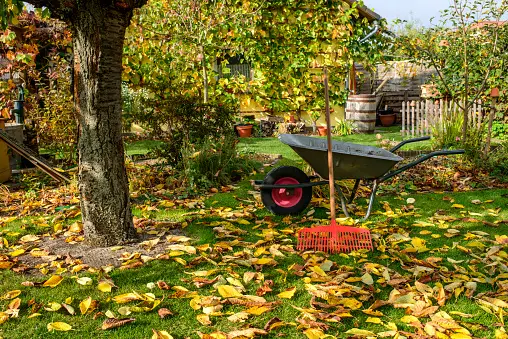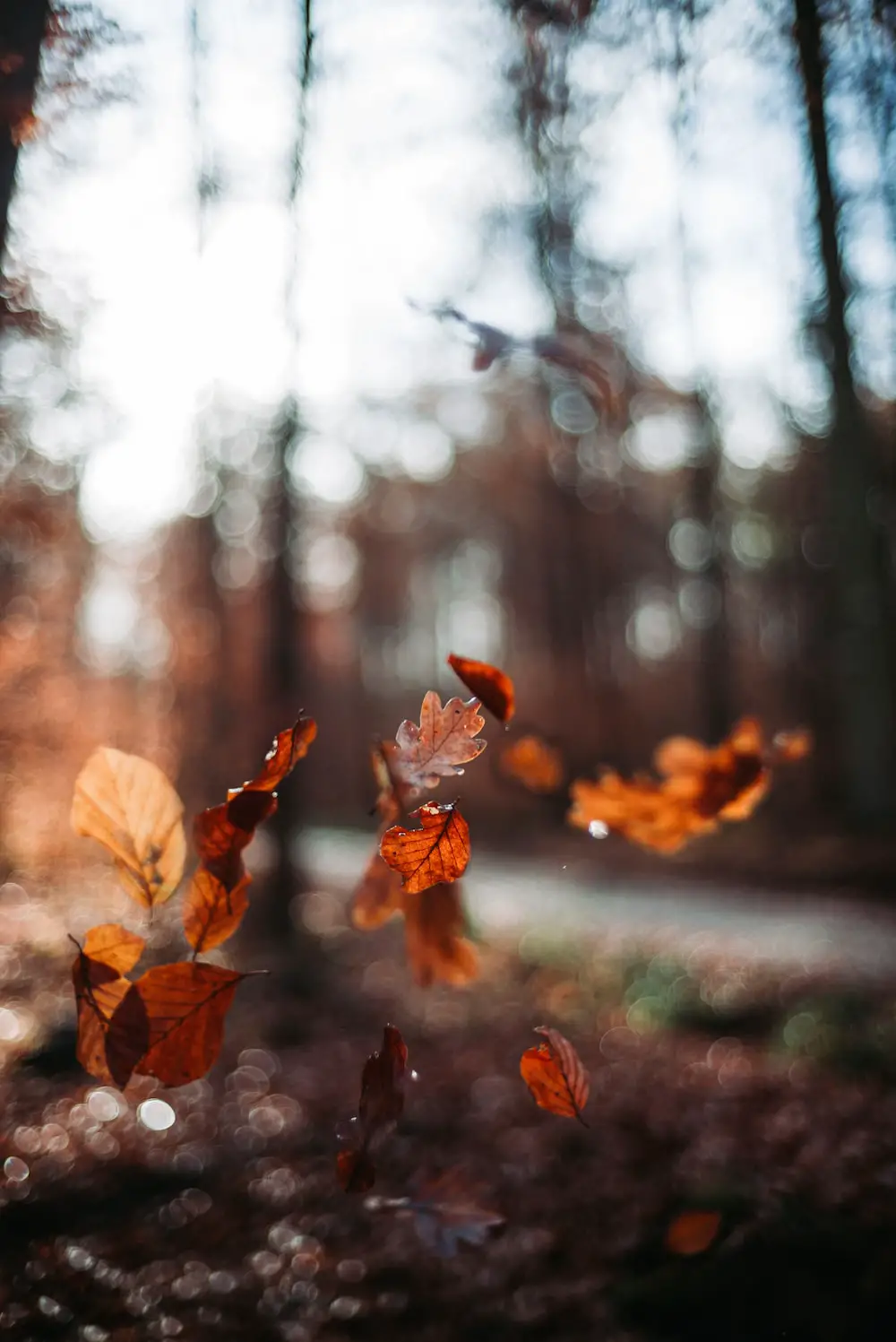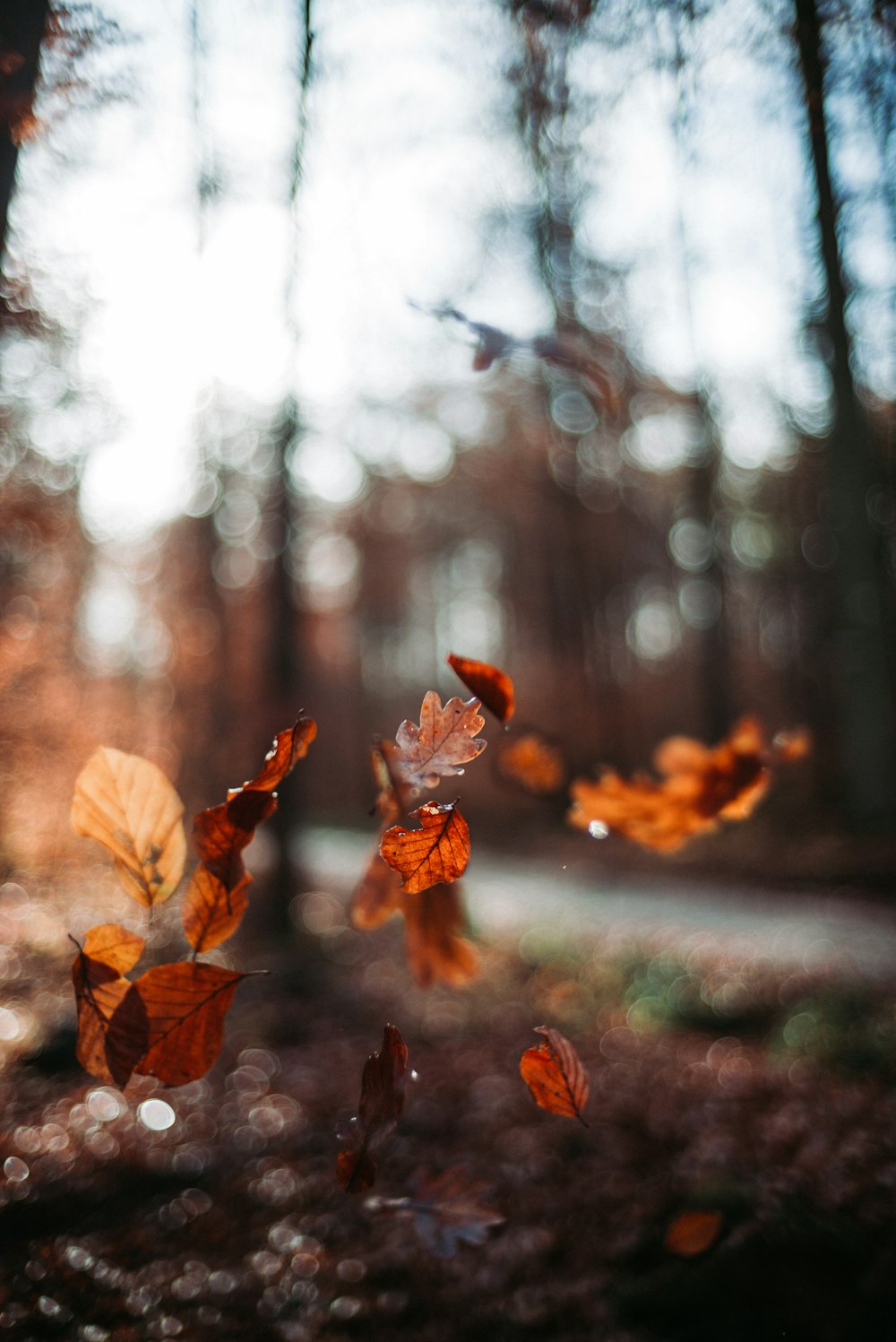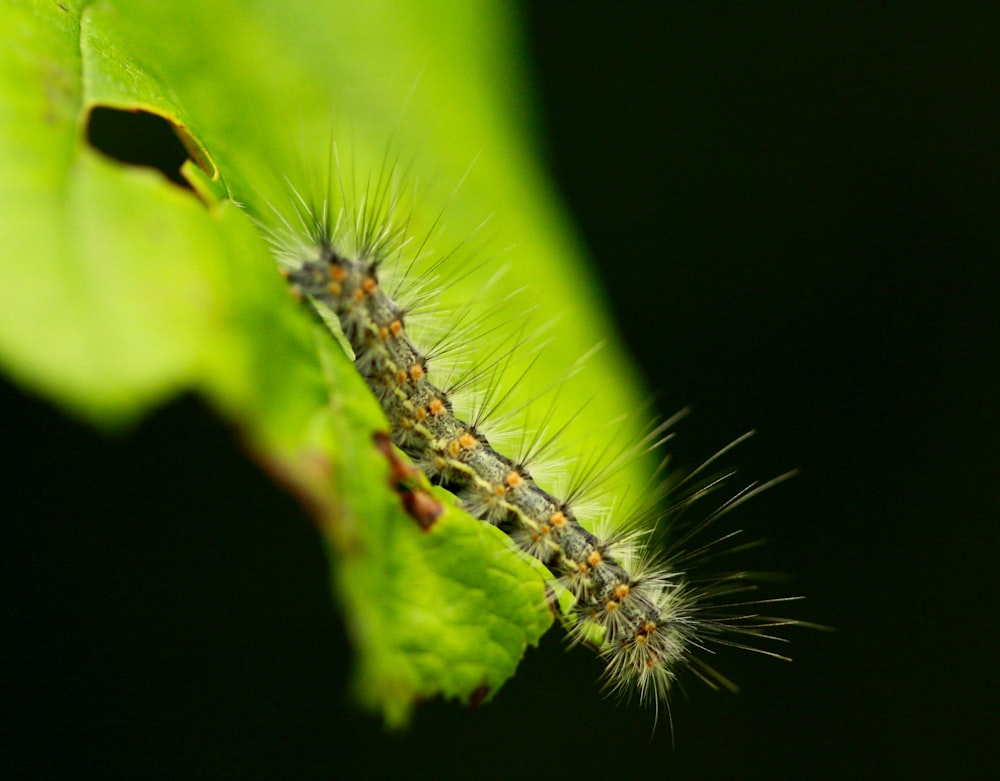Smells Like Fall
Ah, the fall season! Crisp, cool air, cozy sweaters, and the delightful rustle of leaves underfoot. It’s that time of the year when we bid adieu to sweltering summer days and welcome the gentle embrace of autumn. As we sip our pumpkin spice lattes and marvel at the kaleidoscope of colors in the trees, it’s easy to think that Mother Nature has finally granted us a reprieve from those pesky lawn pests. After all, cooler weather surely means fewer lawn problems, right?
Well, hold onto your rake, my friends, because the fall season has a few surprises up its sleeve, and it’s time to debunk the myth that autumn is a trouble-free zone for your lawn. So, let’s dive into the colorful world of fall and discover why we can’t let our guard down regarding lawn care.
Your Fall Pest Guide
As the vibrant hues of summer begin to fade and leaves start to litter our lawns, fall brings with it a unique set of challenges for homeowners and garden enthusiasts. One of these challenges is dealing with common lawn pests that become more active during this season. These unwelcome guests can wreak havoc on your carefully manicured lawn, turning it into a battleground. Let’s explore some of the most common lawn pests that people generally find in the fall, their characteristics, and effective strategies for identification and management.
White Grubs
White grubs, the larvae of various beetles, are one of the most notorious lawn pests encountered in the fall. They include species like Japanese beetles, June bugs, and European chafer beetles. White grubs are known for their voracious appetite for grassroots. As the weather cools down, they descend into the soil, making your lawn an ideal feeding ground.
Identification:
- White grubs are C-shaped and have a creamy white color with a brownish head.
- They are typically found just below the soil surface, where they feed on grassroots.
- Grass in infested areas may appear yellow, wilted, and easily pullable from the ground.
Management:
- Biological control methods involve introducing natural predators like nematodes or beneficial microorganisms into your lawn.
- Chemical treatments with grub-specific insecticides can be applied in late summer to early fall when the grubs are near the soil surface.
Armyworms
Armyworms, named for their behavior of moving in large groups like an army, are caterpillar larvae that can cause significant damage to your lawn. Fall armyworms are particularly active in late summer and early fall.
Identification:
- They are typically 1 to 2 inches long with a green or brownish body and distinct stripes.
- Armyworms feed voraciously on grass blades, causing large patches of damage.
Management:
- Apply a suitable insecticide if the infestation is severe.
- Mow your lawn regularly to keep grass blades short, making it less attractive to these pests.
- Monitor your lawn for early signs of armyworm activity and take prompt action.
Sod Webworms
Sod webworms are another group of caterpillar larvae that can cause lawn damage in the fall. They create silk-lined tunnels near the soil surface and feed on grass blades.
Identification:
- Sod webworms are relatively small, around 3/4 inch long, and are usually tan, gray, or green.
- They often hide within the silk-lined tunnels during the day.
Management:
- Apply a suitable insecticide if the infestation is severe.
- Promote a healthy lawn with proper watering and fertilization to help grass recover from damage.
Chinch Bugs
Chinch bugs are tiny, but they can cause significant harm to your lawn in the fall. They primarily target St. Augustine grass and other warm-season grasses.
Identification:
- Adult chinch bugs are small, about 1/6 inch long, with black bodies and white wings.
- They suck the sap from grass blades, causing them to turn yellow and eventually die.
Management:
- Regularly inspect your lawn for signs of chinch bug damage, such as yellowing patches.
- Use insecticidal treatments as needed, but avoid overuse to prevent resistance.
Fall Webworms
Fall webworms are caterpillars that spin silken webs around the tips of branches, creating unsightly nests. While they are more commonly associated with trees, they can also affect lawns.
Identification:
- Fall webworms have a pale green or yellowish body with long, silky hairs.
- They construct silk nests in trees or shrubs, where they feed on foliage.
Management:
- Prune and remove infested branches and nests from trees and shrubs.
- If necessary, use insecticides to control the population.
Mole Crickets
Mole crickets are burrowing insects that can disrupt your lawn’s soil structure and create unsightly tunnels. They are active during the fall, causing damage as they forage for food.
Identification:
- Mole crickets have large, powerful front legs adapted for digging.
- They create tunnels just beneath the soil surface, causing grass to wilt and die.
Management:
- Apply appropriate insecticides targeted at mole crickets.
- Improve soil drainage to make your lawn less hospitable to these pests.
Aphids
Aphids are tiny, sap-sucking insects that can infest your lawn in the fall. While they are more commonly associated with garden plants, they can also harm grass.
Identification:
- Aphids are small, soft-bodied insects, usually green or yellow.
- They cluster on grass blades and excrete a sticky substance called honeydew.
Management:
- Insecticidal soaps or neem oil can be used to control aphids on your lawn.
- Promote biodiversity in your garden to attract natural aphid predators like ladybugs.

Prevention
Determining the ideal timing for pest prevention and when it’s too late to protect your lawn can be crucial for maintaining a healthy outdoor space. The specific timing can vary depending on your location and the type of pests you’re dealing with, but here are some general guidelines to help you plan your pest prevention efforts:
Late Summer to Early Fall – Preparing for Fall Pests
-
- Best Time: As summer transitions to fall, preparing for fall-specific pests like fall armyworms and aphids is essential. This transition period is an excellent time to reinforce your lawn’s resilience.
- Actions to Take: Regular maintenance practices like mowing and watering can help deter pests. Apply pest-specific treatments if needed, but be mindful of environmental concerns and avoid overuse of chemicals.
Early Fall – Act Swiftly for Fall Pests
-
- Best Time: Early fall is when certain pests, such as fall armyworms, become more active and potentially damaging. It’s crucial to be proactive during this period.
- Actions to Take: Monitor your lawn closely for signs of fall pests. If you notice issues, apply targeted treatments promptly to prevent extensive damage.
Late Fall – Wrap Up and Prepare for Winter
-
- Best Time: Late fall is generally not the primary time for pest prevention. At this point, many pests have either gone dormant or completed their life cycles. Focus on preparing your lawn for the winter season.
- Actions to Take: Rake up fallen leaves, aerate the soil if necessary, and consider overseeding to promote healthy grass growth in the following spring.
Winter – Maintenance and Planning
-
- Best Time: While pest prevention isn’t the main concern during winter, it’s an excellent time for planning and research.
- Actions to Take: Study the patterns of pests that affected your lawn in the previous season and plan your prevention strategy accordingly. Research new, eco-friendly pest control methods and products.
Don’t Slack On Your Lawn
Fall may bring cooler temperatures and beautiful foliage, but it also signals the resurgence of common lawn pests. To maintain a healthy and vibrant lawn, it’s essential to identify these pests early and take appropriate action. By staying vigilant and implementing effective control measures, you can ensure that your lawn remains a source of pride and beauty throughout the fall season.



